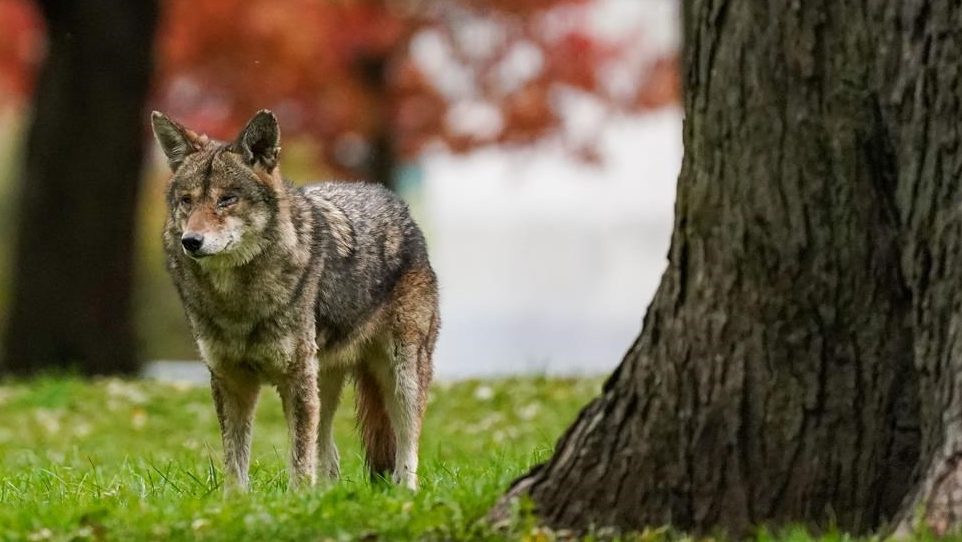
You may have noticed coyotes are out and about around the Lower Mainland right now, and there’s a reason why.
“This time of year is coyote pup dispersal season,” explains Rose Wilkin, who is the Urban Wildlife Programs Coordinator at the Stanley Park Ecology Society and runs the ‘Co-existing with Coyotes’ program.
She says pups are typically born in March and April, and now they’re old enough to venture out and capture their own territory.
“If people are seeing more coyotes around in their neighbourhood this time of year, it’s because those are the young pups that are just reaching adulthood and leaving their family groups.”
As they create their own path, Wilkin says it’s very likely there will be increased interactions with people.
“Outside of cities, coyotes’ natural cycle of activity is that they tend to be more active during the day. But in cities, they shift that to be more active at night. That’s because they’re wary of humans, naturally, and that is an altered behaviour for them to be more active at night.”
She says if you see one, there’s nothing to be alarmed about.
“The behaviour of coyotes that’s concerning is when they are approaching people closely with aggressive posture, which includes a lowered head and their ears back.”
Wilkin says if you encounter a coyote, don’t approach it, but don’t run either. She says you should try to scare it by making yourself look big, shouting, and you should consider carrying something that makes noise, like a whistle or a “can filled with pebbles.”
She adds, if you’re walking your dog, pick it up, especially if it’s small.
Wilkin stresses aggressive behaviour in coyotes is almost always brought on by people who feed them.
“For a young coyote that’s five or six months old and has been fed by their parents for their entire life, it’s not necessarily more likely that they’re going to be aggressive — what you might see from young coyotes is more likely to be curiosity.”
She says mating season begins in the new year.
“Coyotes are monogamous and mate for life, so those already in a bonded pair don’t need to search for a mate at all. For unpaired coyotes, they would likely search for a mate in January and breed in February (approximately),” said Wilkin.
She reminds you coyotes will eat your garbage and compost, so keep it locked up. Avoid leaving any fruits and veggies outside, clean up around your bird feeder, and don’t put your pet’s food outside.
—With files from Mike Lloyd